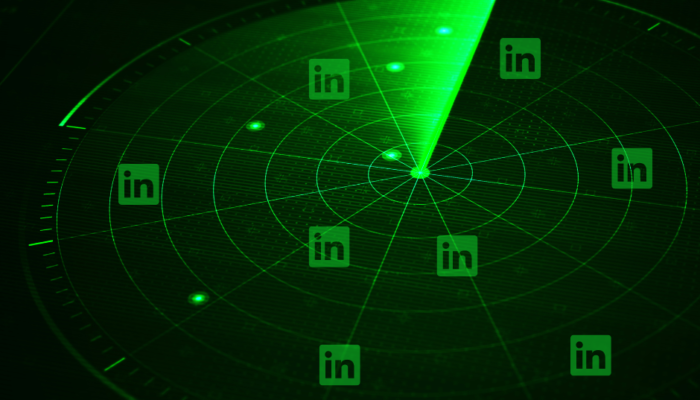Do you ever feel like you’re missing out on job opportunities because you’re not being contacted by headhunters? Recruiters use LinkedIn to search for candidates that meet the criteria their clients are looking for. They narrow down the candidate pool by using location, job title, skills, or keywords. Therefore, it is crucial to showcase yourself in a way that catches a recruiter’s attention and can increase your chances of landing an interview.
A little tip, think of your LinkedIn profile as your “resume-lite.” It’s where recruiters and talent acquisition professionals begin their search. When looking for their next candidate, hiring managers typically have 2-3 priorities and will use keywords to narrow down the candidate pool to source qualified candidates. In manufacturing, some of these keywords are “continuous improvement” or “turnaround.” For finance professionals, it could be “CPA” or “Sarbanes-Oxley Act.” If your profile only shows your job title, company, and duration, it might be easy to overlook you. Incorporating keywords, skills, and a few sentences or bullet points into your profile experience will make it easier for recruiters to find you when they’re searching for a specific skill set. Make it easier for people to find you.
So, what does a “good” LinkedIn profile look like:

A profile like this, lets me know a little about the candidate’s impact in each role. Recruiters can quickly scan to see if the candidate could be a possibility. But it’s important to keep in mind that a LinkedIn profile should NOT be a regurgitation of your resume, nor does it replace your resume. Instead, it gives someone an idea of your responsibilities and impact on the company in each position. Why is this important? Unlike the Army, where every job title is the same no matter what unit you are in, in the civilian sector companies label positions differently. Whether you use bullet points or 3-5 sentences, it is completely your preference – though I know some would advise using clear concise bullet points with metrics.

Now, this profile could use some work. For starters, there are no skills listed and no descriptions of the responsibilities or impacts the candidate has made on the company. As a recruiter, it’s much harder to find this candidate than the one above. I’m not saying that this candidate isn’t a rockstar, but in a sea of people, I have a clearer picture of how the first candidate will fit into an opportunity than the second.
Overall, LinkedIn is all about marketing yourself so it’s in your best interest to keep it up to date. I’ve reached out to candidates only to find out they moved or accepted another position months ago. When you are #opentowork, make sure you update roles and locations that you are truly interested in. If your #opentowork banner still lists internships as a point of interest, but you have graduated school and have been in a role for two years now, it’s safe to say you’re probably no longer looking for an internship. Most importantly, don’t forget to proofread carefully to avoid typos and grammatical errors. I have come across candidates who spell their job titles incorrectly, not a good look. Lastly, when you update your resume, update your LinkedIn!
Once recruiters start reaching out to you make sure you connect with them. Even if they don’t have the right opportunity, they could later down the road and keep you in consideration. Marketing yourself requires careful thought and attention to detail, but once you start it’s like riding a bike. Best of luck in your job search!
 Rachel Williams is a senior recruiter for The Headhunters. Learn more here.
Rachel Williams is a senior recruiter for The Headhunters. Learn more here.

